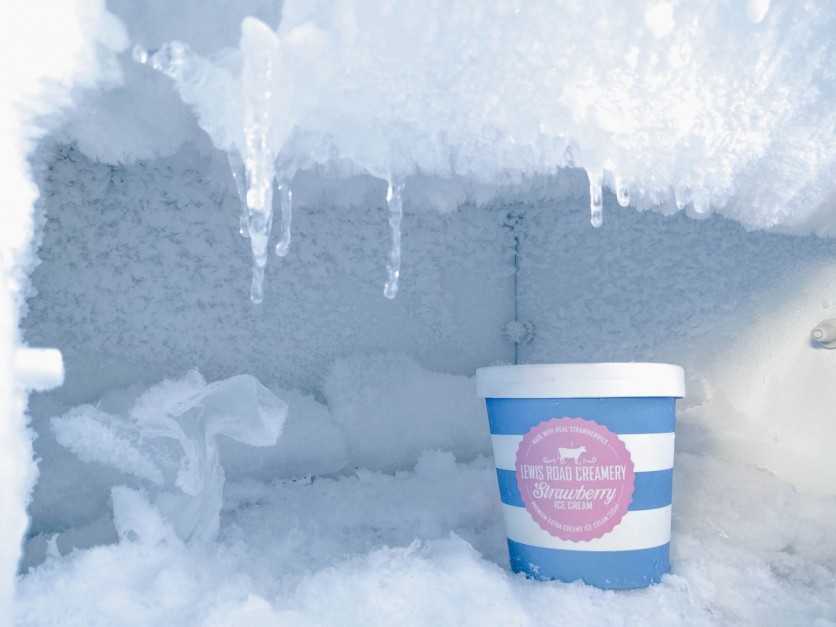
Reconfigured chest freezers, high tech coolers and plain old ice. Many things can be used to get the water to the temperature where you need it to be. What exactly is the difference, if there is any? Let's investigate by using science!
Physicists have distilled a formula that can be used to calculate the amount of Cooling required to get your ice bath to a certain temperature. This value is expressed in BTUs (British Thermal Units). To calculate the amount of BTU's required to cool a 25 degree Celsius, 400 liter bathtub down to 1 degree Celsius (or 77F to 38F), we can use this formula:
Q = m x Cp x deltaT
where:
Q is the heat energy required to change the temperature of the water, measured in joules, calories, or BTUs
m is the mass of water being cooled, measured in kilograms or pounds
Cp is the specific heat capacity of water, which is 4.184 joules per gram per degree Celsius, 1 calorie per gram per degree Celsius, or 1 BTU per pound per degree Fahrenheit
deltaT is the temperature difference between the initial and final temperatures of the water, measured in degrees Celsius
Using this, we can calculate the heat energy required using a deltaT of 24 degrees Celsius (from 25°C to 1°C) and the specific heat capacity of water:
Q = m x Cp x deltaT
Q = 400 kg x 4.184 J/g°C x 24°C
Q = 39,988,480 joules or 9,554 BTUs
Therefore, approximately 9,554 BTUs of cooling energy would be required to cool a 400 liter bathtub of water from 25 degrees Celsius to 1 degree Celsius, assuming the specific heat capacity of water and a starting temperature of 25 degrees Celsius.
This cooling capacity can be delivered in different forms, Ice bath chillers will commonly deliver anywhere from 5,000-20,000 BTU's per hour. The widely used CoolCube C2 will deliver 12,500 BTU's of cooling power per hour.
Please note that this is not the full story, as there is also an increasing amount of energy added into the water by its external environment, through the ambient temperature. This effect increases as the water gets colder making it difficult for less powerful coolers to reach very low temperatures.
If you want this same effect in terms of ice, we need to know how much BTU cooling potential a KG of ice has.
This can be calculated by using the latent heat of fusion of water, which is the amount of heat required to melt a unit mass of ice at its melting point without a change in temperature.
The latent heat of fusion of water is approximately 144 BTUs per pound (or BTU/kg).
So we divide the required 9,554 BTUs of cooling energy required by that number to get to a grand total of 147 Kilograms of ice to get the same result. That's a lot to carry!
ⓒ 2025 TECHTIMES.com All rights reserved. Do not reproduce without permission.




